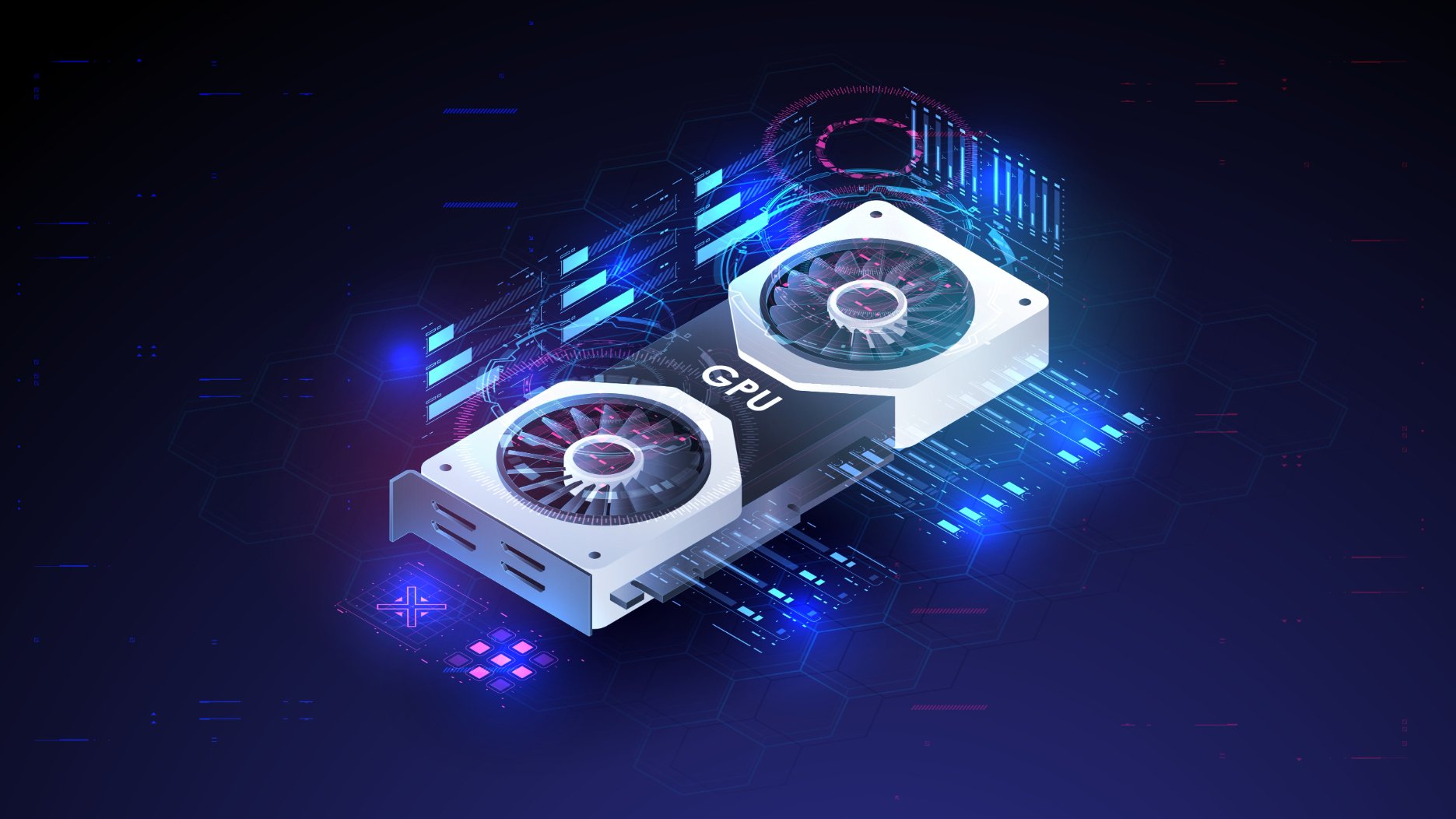
After plenty of reports and even a tease at Nvidia’s 2024 GPU Technology Conference (GTC) stating that Samsung would showcase its fastest graphics memory yet, the tech manufacturer finally announced its next-gen listing of GDDR7 memory.
According to the official listing, the next-gen memory will come in 16GB density, meaning 2GB per module. Each module will feature a 2-bit wide memory interface with a refresh rate of 16K/32ms, according to Wccftech. It will have 266 FBGA packaging with two speeds listed – 32Gbps and 28Gbps – and come in both a standard 32Gbps GDDR7 memory die and a low-voltage optimized 28Gbps GDDR7 die.
Of course, the true appeal of this memory is how it’ll enhance gaming hardware. This GDDR7 will most likely find itself in next-gen graphics cards like Nvidia’s flagship cards - such as the hotly-anticipated RTX 5080 and 5090. Those would probably use the 32Gbps, while mid-range cards like RTX 5060 and 5070 would sport the 28Gbps version.
Looking at the recently released current-gen RTX 4080 Super GDDR6 memory that hit 22.5Gbps, we should be seeing a 42% improvement in memory speed for the 32Gbps and a 28% improvement with the 28Gbps, at least according to TweakTown.
A step in the right direction for VRAM
As the best PC games keep getting better every generation and the best graphics cards have been growing more powerful still, VRAM is the one trait that seems to have lagged behind in relation to both other aspects.
With the advent of GDDR7 memory, we’ll finally see even bigger strides in VRAM in both performance and speed. This is especially vital due to more and more PC titles requiring more and more graphical memory, so those with superior VRAM will reign supreme in the next generation.
Hopefully, this means we’ll see even more strides with card memory, including graphics cards with a minimum of 16GB of VRAM. Especially if they’re mid to high-range cards, as this generation has been quite disappointing in that regard.







